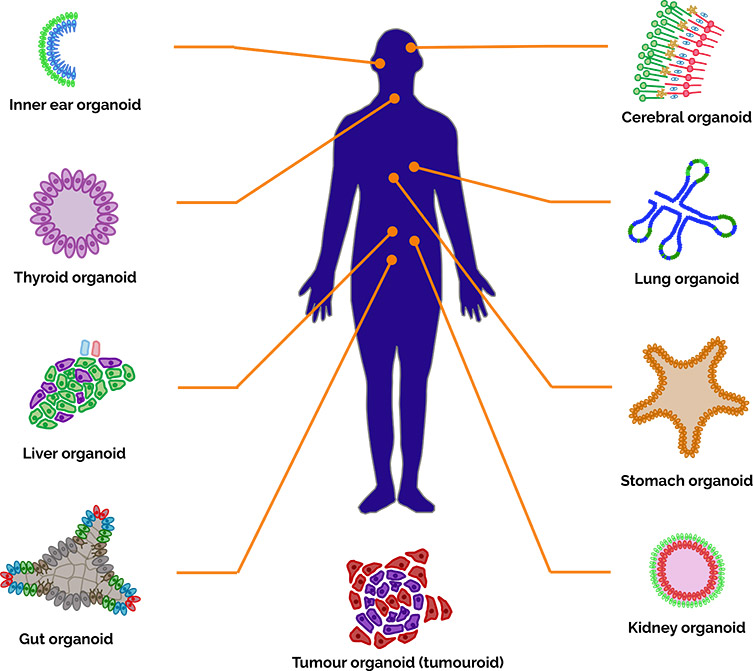Resources
 Part of the Oxford Instruments Group
Part of the Oxford Instruments Group
Expand
Collapse
 Part of the Oxford Instruments Group
Part of the Oxford Instruments Group
Cell lines and tissues have been invaluable in furthering our understanding of the processes within cells and will continue to do so. There are many complexities e.g. cancers, that cannot however be studied effectively using these single cell research models. Understanding the specific interactions between different cell types that are organized within an organ is essential. The self-organization of stem cells into the organ-like “organoids” is providing a way for researchers to study cancer and other disease processes more effectively. Many organoids are now available such as brain, kidney, lung, gut, liver. We have seen the number of publications featuring research using organoids explode in recent years and this is only going to increase. Cancerous organoids, also called tumouroids provide a way to screen combinations of drug treatments. An application of this could be that tumourous tissue would be removed from a patient and then an effective treatment to target these cancerous cells developed.

sCMOS cameras have helped enable these studies along with confocal imaging microscopy systems like Dragonfly and the use of image visualization and analysis software such as Imaris.
Further Reading
References
Date: February 2020
Author: Dr Alan Mullan and Dr Claudia Florindo
Category: Application Note
